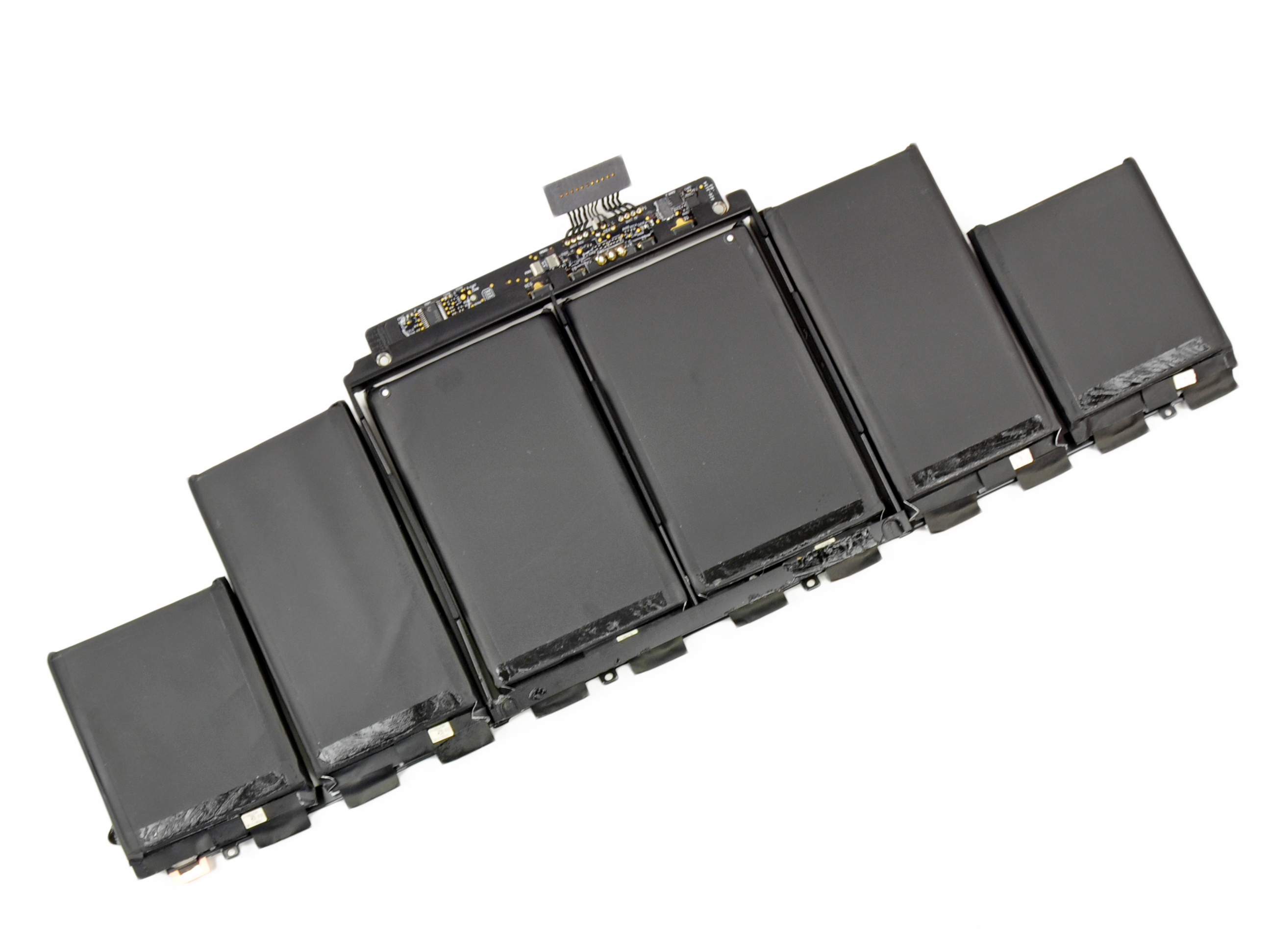All Flame Mac OS
| Operating system | macOS |
|---|---|
| Type | Application launcher |
| Website | www.apple.com/it/macosx/lion/ |

- Step 1, Open multiple windows in an app. You can open and close multiple windows in most apps, including all internet browsers, text editors, productivity apps, media players, image viewers, and file managers. You can also use this method to close all folders if you have multiple windows open in Finder.Step 2, Click the app icon on the Dock. You will see this app's icon on the Dock at the bottom of your screen. Click on it make sure you're not closing any other apps. You will see the app.
- Mark Probst developed Flame Graphs for Instruments on Mac OS X. Sam Saffron has developed Flame graphs in Ruby MiniProfiler, and shows examples of amazingly deep stacks. Bruce Dawson has an excellent post on Summarizing Xperf CPU Usage with Flame Graphs on Microsoft Windows. It includes examples for Visual Studio and Outlook, and a stack.
- Autodesk Flame 2021 Description. Autodesk Flame 2020 offers tools for fast, interactive 3D visual effects, finishing, compositing, advanced graphics, color grading, conform, editorial, and look development. Flame 2020 offers VFX artists tools for fast and interactive visual effects, editorial finishing, and 3D compositing.
- Lipstick: the iconic product that made MAC famous. Shade, define, and accentuate the lips with hundreds of hues in high-fashion textures.
Step 2: Boot Mac in the Recovery Mode. Once you have taken a backup of your Mac data, you need to restart in the recovery mode. The Mac Recovery Mode is a dedicated module in the operating system that provides all kinds of firmware and disk-related options.
Launchpad is an application launcher for macOS introduced in Mac OS X Lion. Launchpad is designed to resemble the SpringBoard interface in iOS. The user starts an application by single-clicking its icon. Launchpad provides an alternative way to start applications in macOS, in addition to other options such as the Dock (toolbar launcher), Finder (file manager), Spotlight (desktop search) or Terminal (command-line interface).[1]
Features[edit]
All Flame Mac Os X
Launchpad is populated with icons corresponding to the applications found in the /Applicationsfolder as well as in the ~/Applications, that is, in a folder named 'Applications' in user's home directory, and in any subfolders within the two above folders.[1] The user can add application icons to Launchpad. The user can also remove an application's icon, but the application itself might not be deleted if it was not originally downloaded from the Mac App Store. Apps can be arranged in named folders much like iOS. The user can then remove apps downloaded from the Mac App Store. In Mac OS X Lion, Launchpad had eight icons per row; this was changed[why?] in OS X Mountain Lion to seven icons per row.[citation needed]However, with proper root permission, by adjusting some settings users can change the number of icon rows and columns in launchpad.[2]
Since Mac OS X Lion, the function key F4 is a keyboard shortcut to Launchpad. If enabled, Apple's gesture recognition software interprets a thumb-and-three-finger pinch on a touchpad as a command to open Launchpad.[citation needed]
The ability to search applications was added in OS X Mountain Lion.[3]
In OS X Mavericks, Launchpad's background became a blurred version of the user's desktop background, and folders departed from the 'linen' texture underlay, replaced with a darker translucent background (part of the move away from skeuomorphism).[4]

In OS X Yosemite, folders in Launchpad now closely resemble those of iOS; rounded translucent squares with a 3x3 icon grid preview (of the contained applications) when closed, expanding into larger rectangular variants when opened. Furthermore, folders can now be paginated to accommodate more applications.[5]
In macOS Big Sur, the Launchpad icon changed to a 3x3 grid with icons of different colors, resembling apps. However, the usage of Launchpad remained the same.
See also[edit]
References[edit]
- ^ abSiracusa, John (July 20, 2011). 'Mac OS X 10.7 Lion: the Ars Technica review'. arstechnica.com. Retrieved August 23, 2018.
- ^'Change launchpad icon rows and columns to fit more icons'. TutPosts. May 23, 2015. Archived from the original on February 17, 2016. Retrieved February 13, 2016.
- ^'Use Launchpad Search to Quickly Open Apps in OS X'. OS X Daily. October 8, 2012. Retrieved March 4, 2013.
- ^'Launchpad folders are now semi-translucent in Mavericks'. Tips and tricks in Mavericks. Retrieved February 8, 2016.
- ^Viticci, Federico. 'OS X Yosemite: Tips, Tricks, and Details'. MacStories. Retrieved February 8, 2016.
All Flame Mac Os Catalina
External links[edit]
All Flame Mac Os Update
- [1] Mac Basics: Launchpad is the fast way to find and open your apps at Apple.com
- WinLaunch—Launchpad alternative for Windows